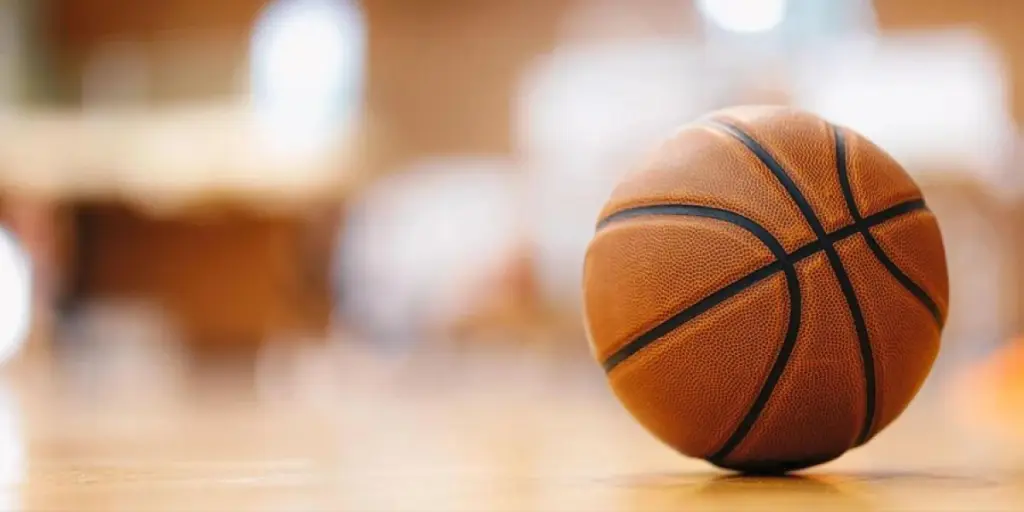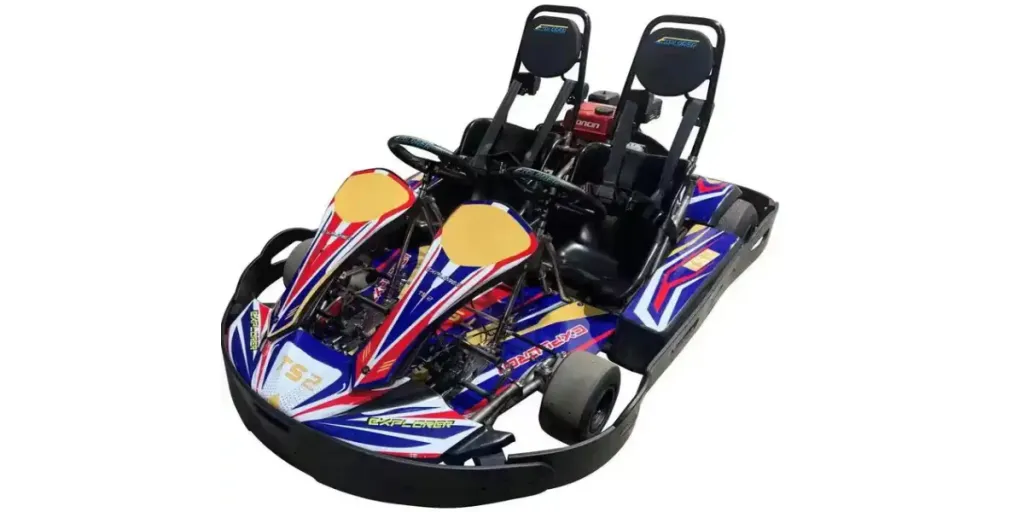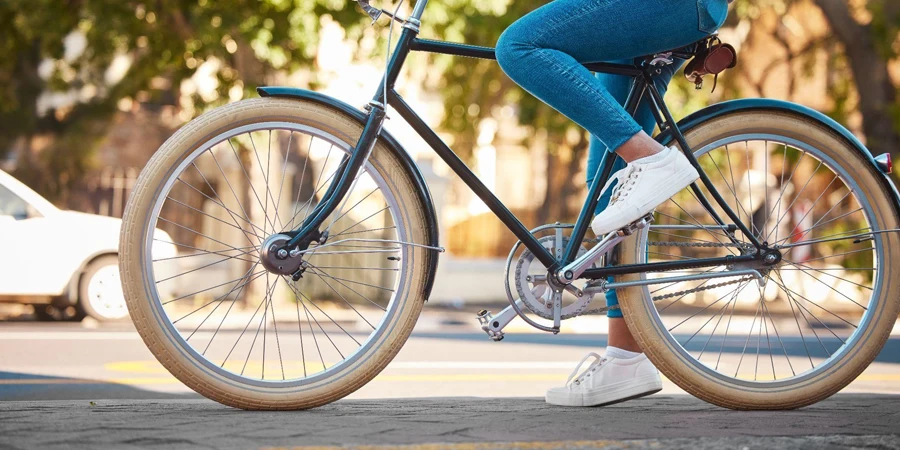Table of Contents
Introduction
Basketball Market
How to Select the Basketballs
Best Basketballs of 2024
Conclusion
Introduction
In 2024, the basketball market continues to evolve, presenting both challenges and opportunities for retailers and business professionals in the sports industry. Staying abreast of the latest trends and products is crucial for those looking to cater to a diverse and demanding consumer base. This year, advancements in material quality and design have led to a range of basketballs that offer enhanced performance and durability, catering to both indoor and outdoor play. Understanding these developments is key to making informed purchasing decisions, ensuring that customers are provided with products that meet their specific needs and preferences. Our comprehensive guide delves into the best basketballs of 2024, offering insights into market trends, selection criteria, and top models to help you stay ahead in the competitive sports market.
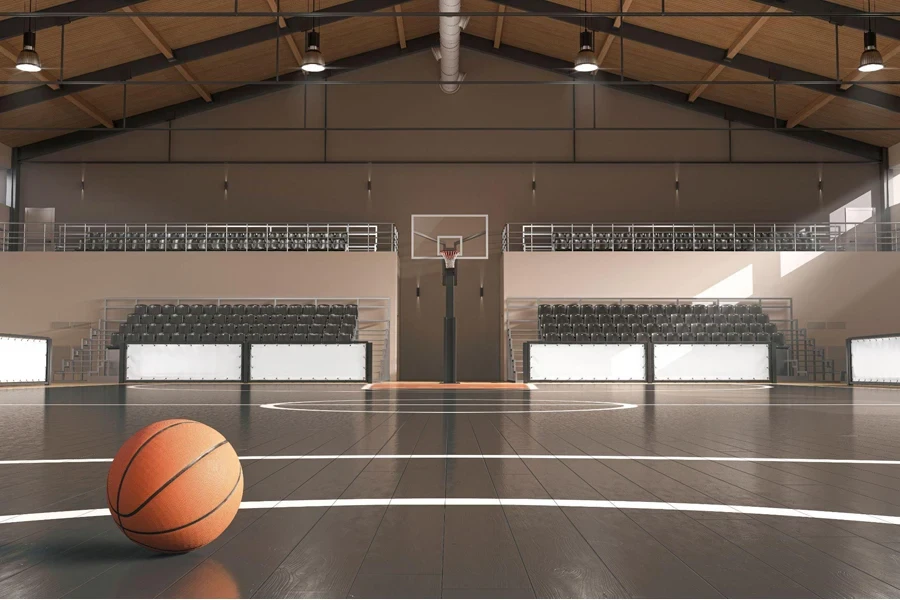
Basketball Market
The global basketball gear market, which includes basketballs, was valued at USD 803.0 million in 2021 and is expected to grow at a compound annual growth rate (CAGR) of 4.4% from 2022 to 2030. The basketball equipment market, which also includes basketballs, was estimated at US$ 960.05 million in 2024 and is anticipated to reach US$ 1273.1 million in 2031, with a CAGR of 4.82%. However, specific data on the market size of basketballs alone is not available in the search results.North America dominated the basketball gear market with a share of 68.35% in 2021.
The growth of the basketball market is primarily driven by increasing investments in Research and Development, leading to innovations in basketball design and functionality. The market is also experiencing a redistribution of market share among leading brands, with new players emerging and existing brands expanding their product lines to cater to diverse consumer needs. Right now, the major manufacturers of basketballs globally include Spalding, Wilson, Molten, STAR, Train, Nike, Adidas, MacGregor, and Tachikara.
How to Select the Basketballs
When selecting basketballs for 2024, several crucial factors need to be considered to ensure the best fit for consumers’ diverse needs:
Structure:
- Bladder: This is the core that holds air, often made of durable rubber, crucial for maintaining the right pressure and bounce that players expect.
- Windings: Typically composed of nylon or polyester, these layers are wrapped around the bladder to ensure the ball retains its spherical shape and doesn’t deform over time.
- Carcass: Acting as a bridge between the windings and the external cover, this rubber layer adds sturdiness and helps the ball withstand regular use.
- Cover: The outer skin of the ball, visible to users, can be crafted from genuine leather for a premium indoor feel, composite for versatile indoor-outdoor use, or rubber for maximum durability on outdoor courts.
Material Quality:
- Leather: traditionally featured natural leather exteriors, known for their durability indoors and excellent feel once worn in. However, since the mid-1980s, synthetic and composite materials have improved significantly, often surpassing leather in performance and cost-effectiveness. Today, leather basketballs are rare, with the NBA’s game ball being a notable exception.
- Composite: materials refer to high-quality, non-leather covers for basketballs. There’s no specific feature that differentiates composite from synthetic materials. High-end basketballs typically have composite covers, while lower-end ones use synthetic materials. Introduced by Spalding around 1985, the term “composite” was first used to describe synthetic materials matching leather’s performance, as seen in their TF-1000 basketballs. These covers usually comprise a soft polyurethane layer on non-woven fabric, suitable for both indoor and outdoor use, although some are indoor-specific.
- Synthetic: often used for both indoor and outdoor basketballs, generally consist of PVC or a PU/PVC mix on woven or non-woven fabric.
- Rubber: feature integrally molded pebbles and covers. They offer excellent grip when dry, but can become slippery with moisture. Rubber balls, known for their durability and good grip, are ideal for outdoor play. Some have a foamed outer rubber layer for a softer feel and improved grip.
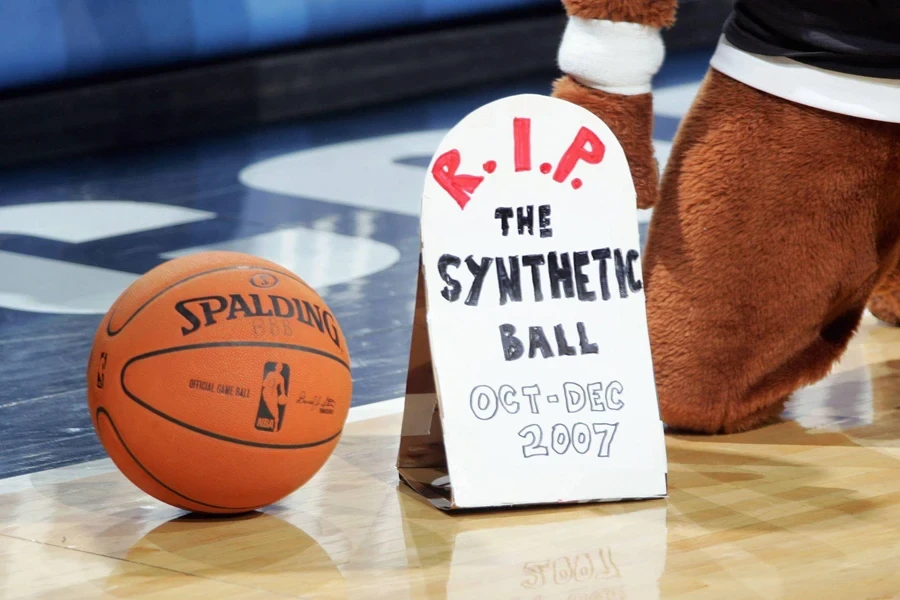
Performance Across Environments:
- Indoor basketballs are designed for hardwood courts with smooth surfaces to enhance grip and control.
- Outdoor basketballs, suitable for concrete or asphalt surfaces, have a rough surface for improved durability and are built to withstand harsher playing conditions.
- Indoor/Outdoor basketballs cater to both environments, offering a balance between grip, control, and durability.
Size and Weight Specifications:
- Size 7: Circumference of 29.5 inches (74.9 cm), weight of 22 ounces (624 grams). This size is used for men aged 15 years and older.
- Size 6: Circumference of 28.5 inches (72.4 cm), weight of 20 ounces (567 grams). This size is for boys ages 12 to 14 and girls and women ages 12 and older.
- Size 5: Circumference of 27.5 inches (69.9 cm), weight of 17 ounces (482 grams). Suitable for boys and girls ages 9 to 11.
- Size 4: Circumference of 25.5 inches (64.8 cm), weight of 14 ounces (397 grams). Designed for boys and girls ages 5 to 8.
- Size 3: Circumference of 22 inches (55.9 cm), weight of 10 ounces (283 grams). Ideal for boys and girls ages 4 to 8.

Durability and Longevity:
- The average lifespan of a basketball, if used regularly, is around 4-5 years. This duration can vary depending on the frequency and intensity of use, as well as the playing environment. For instance, basketballs used in professional leagues may experience quicker wear and tear compared to those used recreationally. Over time, the grip on the basketball can wear out, and the material may develop cracks leading to air leaks, which diminishes its usability.
- Recent developments in basketball manufacturing have introduced materials like microfiber composites, which are lighter and more durable than traditional leather. These materials offer improved performance characteristics, such as better grip and increased resistance to wear, especially in harsh playing conditions. This advancement in material technology not only enhances the durability of the basketballs but also their overall performance on the court.
NBA Standard:
- Size: The ball is a size 7, which is the standard for men’s professional basketball.
- Materials: The cover is made of genuine leather, providing a premium playing experience.
- Inflation: The official inflation level is between 7.5 and 8.5 pounds per square inch.
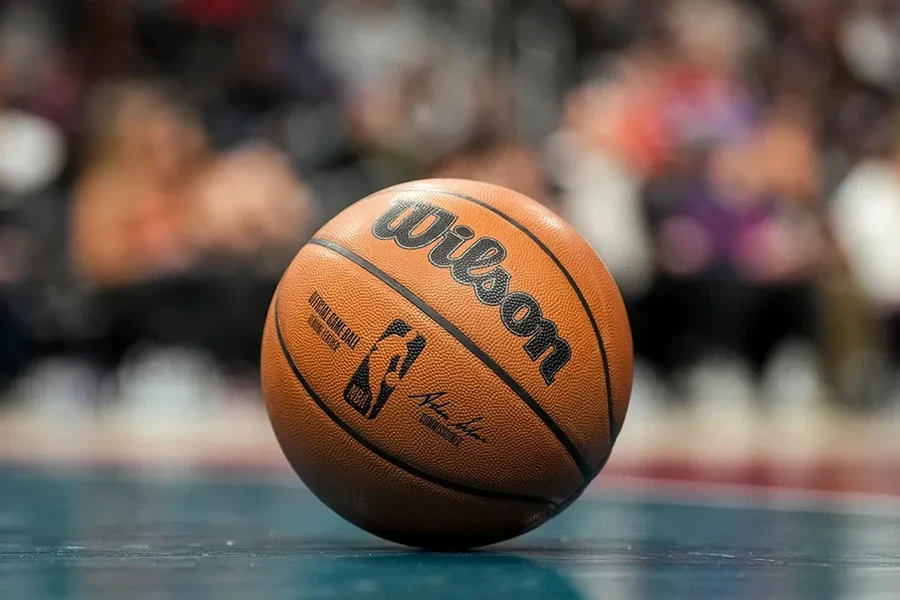
Best Basketballs of 2024
In 2024, the selection of basketballs for retailers and business professionals focuses on a blend of high-quality materials, performance, and brand reputation. Here’s an analysis of some of the best basketballs available:
Wilson Evolution Indoor:
- Features: Offers excellent grip and a soft feel, making it ideal for indoor play. It has advanced moisture-wicking capabilities that enhance handling during games.
- Design: Specifically engineered for hardwood indoor courts, ensuring consistent bounce and control.
- Material: Constructed with microfiber composite leather, providing durability and a premium touch.
Molten X-Series Indoor/Outdoor:
- Features: Designed for versatility, suitable for both indoor and outdoor play. Complies with international basketball standards, ensuring high-quality performance.
- Design: Unique visual design aids in visibility and player tracking, enhancing the gameplay experience.
- Material: Built to withstand outdoor conditions while maintaining quality performance indoors.
Spalding TF-1000 Classic Indoor:
- Features: Known for its durability and suitability for professional training. Offers a reliable and consistent bounce, crucial for high-level competition.
- Design: Tailored for indoor use, focusing on precision and control to cater to professional players.
- Material: Made with ZK microfiber composite leather, which provides a superior grip and feel.
Other Noteworthy Mentions:
- Additional models to consider include various options from brands like Nike and Under Armour, each offering unique features such as enhanced grip patterns, innovative air retention technology, and specialized designs for youth players.

Conclusion
Selecting the best basketballs for 2024 hinges on focusing on essential features such as material quality, adaptability to different playing environments, and durability. It’s crucial to balance these aspects with brand reputation and cost-effectiveness to cater to a diverse customer base. Staying updated with market trends and consumer preferences will ensure the selection of basketballs that meet the demands of various players, from amateurs to professionals. Making informed choices in this regard will not only satisfy customer needs but also position businesses favorably in a competitive market.
